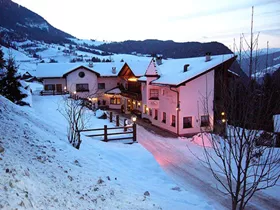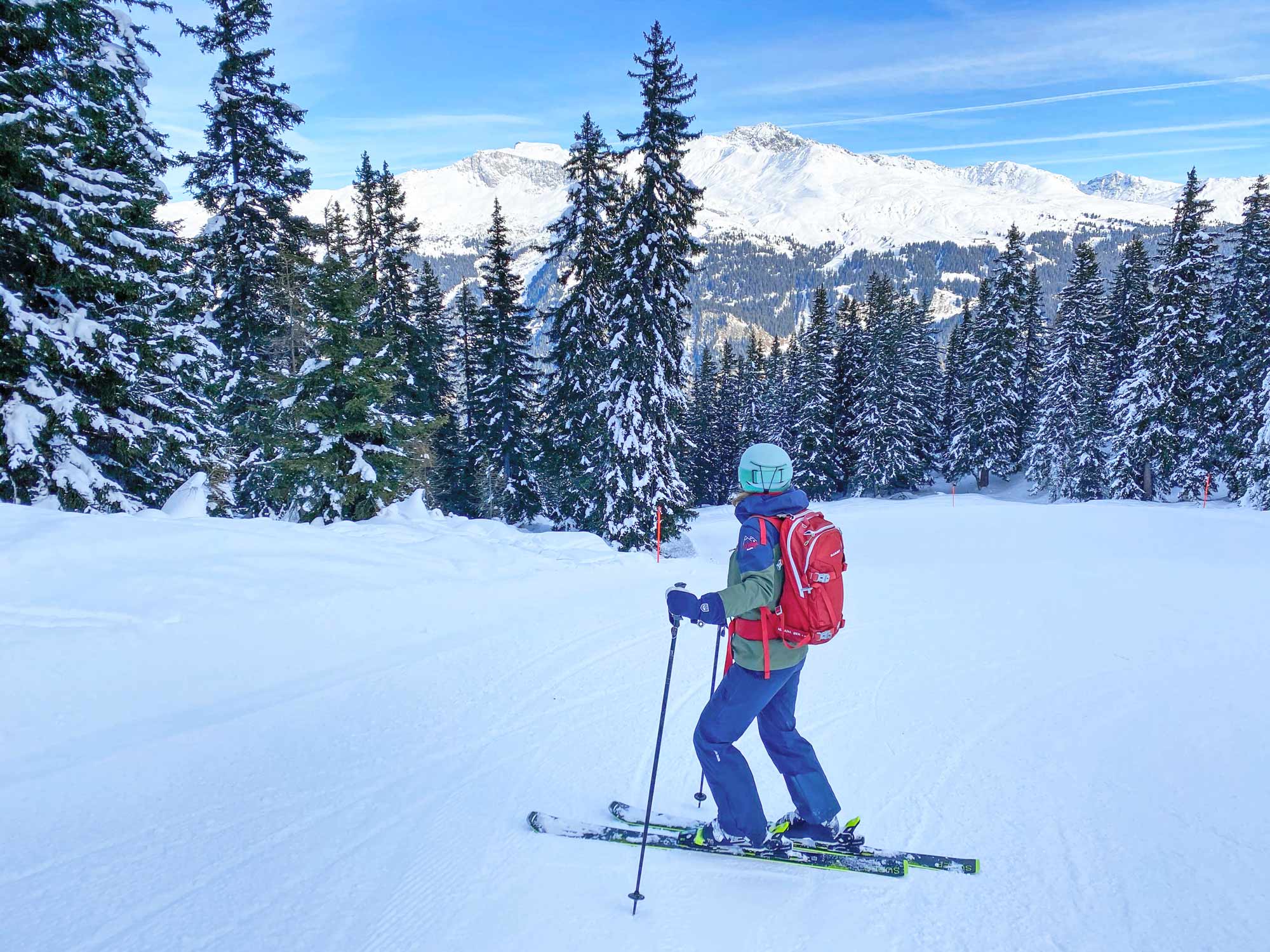

Many winter sports enthusiasts travel to ski resorts by car, making it the most popular means of transport. Is it any wonder? You can take everything with you, set your departure times and - apart from other road users - are not dependent on anyone. However convenient and comfortable, the changing weather conditions make it a lot harder on the car. So it is important to take good care of the vehicle and consider several points. This blog lists some do's and don'ts for car travel to your winter sports destination.
Do: Bring enough windscreen fluid
Many motorists find out in the car park, with the next petrol station 20 km away, that the extra screen wash is still at home. The roads leading to the ski resorts are gritted with a lot of salt. When the road surface is wet, the brine quickly leaves dirty marks on the windscreen. You spray more often than at home, so the supply runs out faster. Therefore, always keep an extra bottle of screen wash in an easily accessible place. Choose winter fluid that can withstand at least -20°C and check the state of the windscreen wipers before you depart.

Do: Bring a tea light and a warm fleece blanket
You are going on a winter sports trip, so you will likely have to deal with wintry conditions en route and on location. Heavy snowfall, black ice and low temperatures are no exception. The car has a hard time during such conditions, and the chances of something breaking down are higher. To be on the safe side, always take warm (fleece) blankets (at least one for each person), some tea lights and a lighter with you. If you do get stuck by the side of the road, at least you will stay warm. By the way, this is also wise during mile-long traffic jams.
Do: bring an ice scraper and snow brush
Two other logical but often forgotten objects are the ice scraper and the snow brush. Both are essential for clearing the car of snow and ice. First, you use the brush to sweep away all the snow, and then you get to work with the ice scraper. There are even two-in-one variants. Don't leave them inside the car; they won't be of any use if the whole car is full of snow.

Do: check tyre pressure and oil level beforehand
A day before departure, giving the car a final check is wise. Take the car to the petrol station and check the tyre pressure. Most petrol stations have pressure gauges where you can also top up the tyres if necessary. Also, take a moment to check the oil level and top up if necessary. Not sure how to do either? You can always ask at the garage or service station. Have a winter check done while at it so your car is completely ready.
Do: bring an old towel, toilet roll, gloves and a mat
The toilets at the petrol station are generally clean, but usually not free of charge. If you drive during the day, alternatively you can stop at a car park with just a toilet. Bring a toilet roll from home so you don't run out. Also remember to bring an old towel, gloves and a mat. They come in handy in case you need to put snow chains on. After all, you want to avoid arriving at your destination with dirty trousers and hands.
Do: store snow chains in an easily accessible place
Always store the snow chains in an easily accessible place. You will rarely need to use them, but if you do, you want to avoid having to unload the whole car first.

Do: swap standard floor mats for rubber variants
Snow, salt and moisture don't play nice with standard floor mats. That is why changing them for rubber variants is advisable before you go on winter sports. Everything stays clean; when you get home, you change the mats again.
Do: check in advance that all mandatory items to take with you are present in the car
If you are going on a winter sports trip by car, there are several items you must take with you. These include at least a warning triangle and high visibility vests for all occupants. If something happens along the motorway, you will stand out and make yourselves visible to fellow road users.

Don't: brake all the time when driving in the mountains
Driving in the mountains is different from driving on the motorway. As you descend, the car rolls downhill faster. Pressing the brake pedal is tempting, but do this sparingly, as this will overheat the brakes. Above all, brake on the engine. You do this by shifting down a gear.
Don't: apply the parking brake at your destination
The parking brake may freeze if the car sits idle for a week. Of course, this is not the case with all vehicles. Still, older models, in particular, can sometimes have moisture in the parking brake cable. If this freezes, you won't be able to take the handbrake off. Therefore, always put the car in first gear and turn the tyres if necessary when parking on a sloping hill.
Don't: mindlessly follow navigation
Satellite navigation is indispensable for many drivers. But never trust the navigation system mindlessly and pay close attention to traffic signs. You wouldn't be the first to drive onto the piste without thinking.














